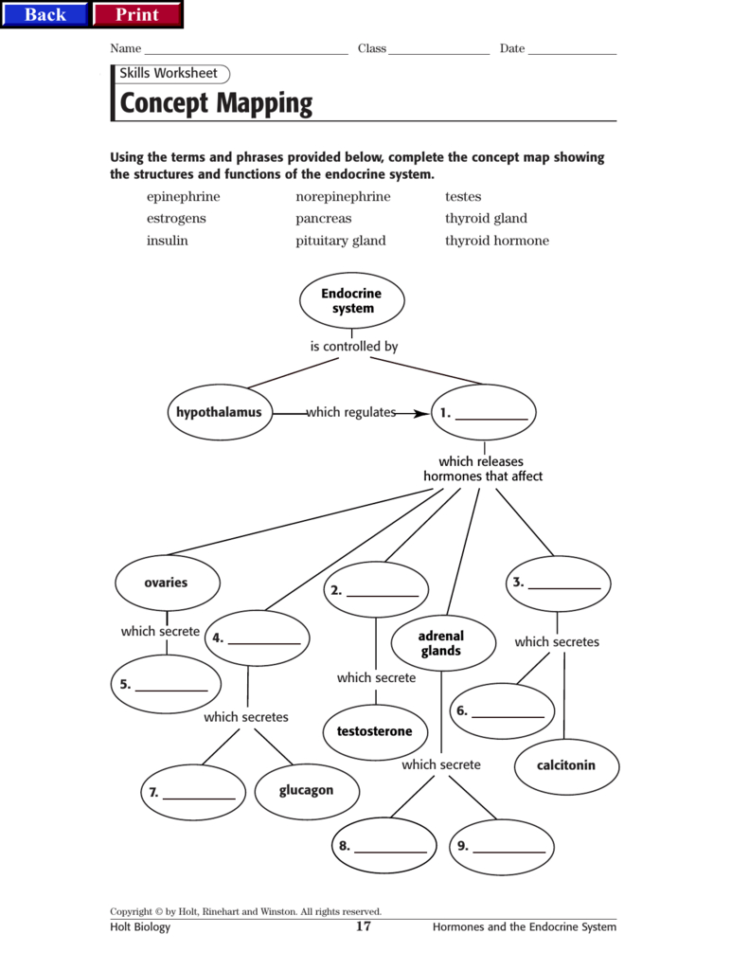

Saturation above 92% with nasal cannula, continue IV normal salineĪt 75 mL per hour, give acetaminophen PRN for fever above 102F,Īnd take vital signs every 4 hours. The current orders consist of maintaining oxygen “Chest X-rays revealed right lower lobe pneumonia and he wasĪdmitted today. Tightness, difficulty breathing, and a productive cough for a week “My patient’s name is Kenneth Bronson, he is 27 years old, and wasĪdmitted to the emergency department two hours ago due chest The Medical Unit from the Emergency department.” “Hello my name is Karen and I am the student nurse working on To toe approach, pertinent diagnostics, vitalĪny orders or recommendations you may have Patient’s name, age, specific reason for visit BACKGROUNDĪdmission, current orders for patient ASSESSMENTĬurrent pertinent assessment data using head VSim ISBAR ACTIVITY STUDENT WORKSHEET INTRODUCTION Assess pain levels and provide therapeutic communication.Contact provider for any alerting changes, especially during an anaphylactic reaction.Educate patient about pneumonia and the treatment.Administer antibiotics as prescribed by provider.Maintain oxygen saturation rate above 92%.Nausea, vomiting, abdominal pain or discomfort, difficulty breathing, laryngeal edema, cardiac dysrhythmias, Signs and symptoms usually occur within 2-30 minutes of ingestion and include: headache, This is due to activation of antigen-antibody reactions that causes activation of many cytokinesĪnd histamine. In this scenario the patient developed an anaphylactic shock due to the antibioticĬeftriaxone.

Anaphylactic shock is a severe allergic reaction that is usually causedīy an foreign substance. With sputum, chills, tachypnea, and fever. Symptoms include difficulty breathing, cough Inflammation impairs oxygen ventilationĪnd diffusion from mucosal edema that infiltrates the alveoli. The normal flora found in the lungs is usuallyĪltered or resistant which causes a loss of host defenses in the body. Inflammation of the lungs caused by bacteria or viral agents. The patient Kenneth Bronson was diagnosed with Pneumonia and Anaphylactic Shock. KAREN SALAZAR (KENNETH BRONSON) CONCEPT MAP WORKSHEET DESCRIBE DISEASE PROCESS AFFECTING PATIENT (INCLUDE PATHOPHYSIOLOGY OF DISEASE PROCESS) DIAGNOSTIC TESTS (REASON FOR TEST AND RESULTS) PATIENT INFORMATION ANTICIPATED PHYSICAL FINDINGS ANTICIPATED NURSING INTERVENTIONS


 0 kommentar(er)
0 kommentar(er)
